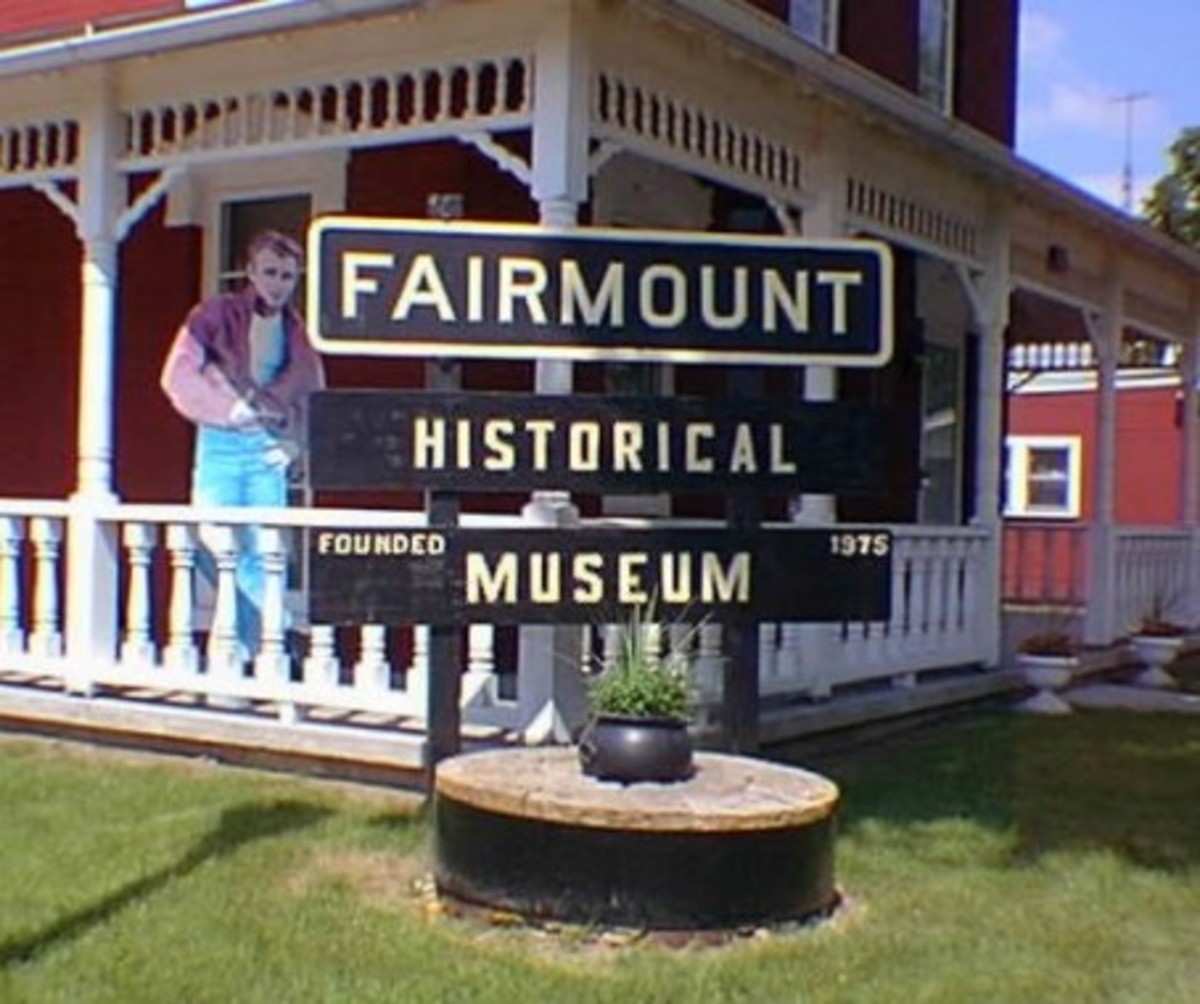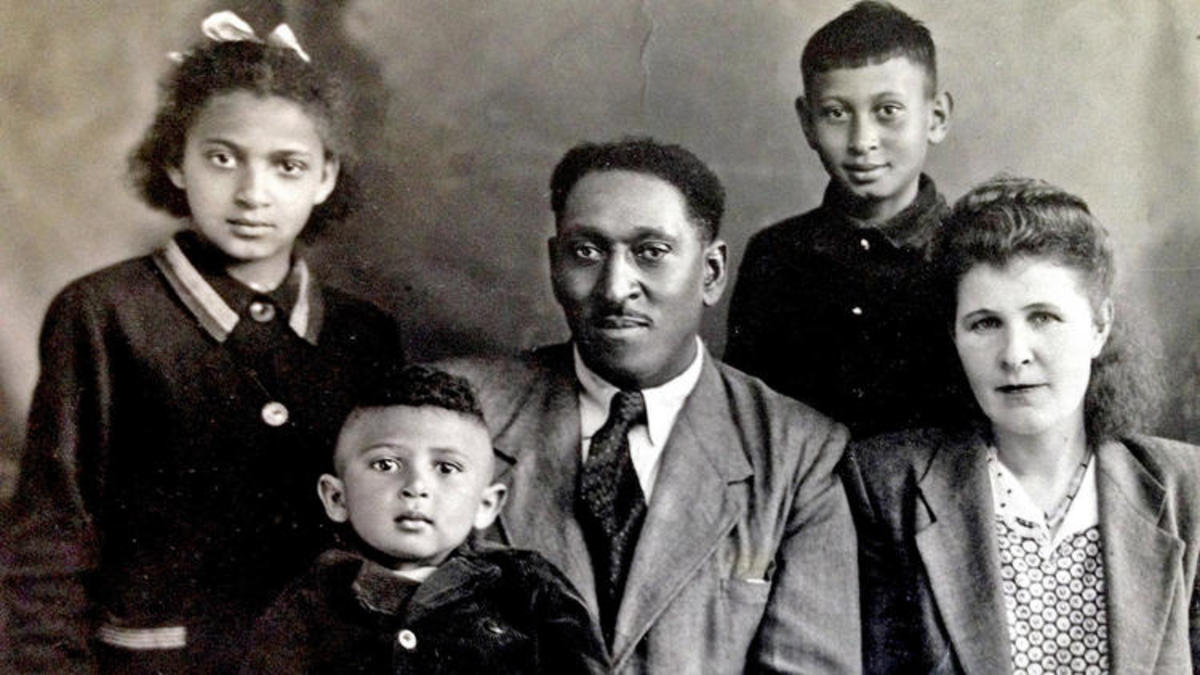Hate Crime and Bullying
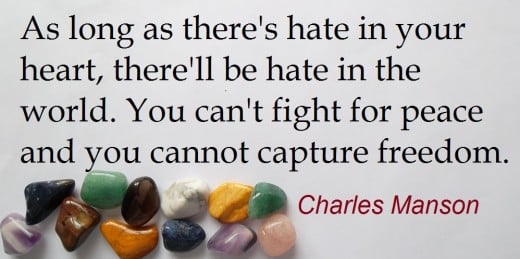
Hate crimes are those which, while criminal in themselves, gain a further dimension in the judicial system if they can be shown to have been generated by some type of bias. These factors include, while not being limited to, ethnicity, age, religion, gender preference, disability or physical appearance.
Attacks are often made by assaults, but can also involve defacement of property. If this type of torment is seen by the victim, or someone else, as created by the impetus towards a hate crime, it will be adjudged accordingly.
In addition, if an attack upon the person or property of another is based upon a mistake, it will still be encompassed. By way of example, if A writes rude words on B’s door in the erroneous belief of B’s gender preference; the fact of inaccuracy will not free A from the judicial consequence of this crime.
Enmity ensures there is no better future for humankind
How Does The Legal System Determine Whether An Offence Is Based On Hate?
One factor considered lies in whether or not the offence involved some financial gain, or the belief in its potential. Thus, if Earl, a man of 80, having cashed his pension check, is robbed a few streets away from the bank by Rick, who sneers, “You’re too old to need that money; I’ve got a wife and kids to support.” the courts may weigh Rick’s financial incentive in its decision. Still, the ageist taunt may bring Rick’s theft within the purview of hate crime.
Similarly, if Carol, a clinically obese woman, blocking the exit of a bus, is knocked down by Ruth, a young woman who shouts, “Get out of the way, you fat cow; some of us need to get places on time.” This will almost certainly be deemed a hate crime. Still, if Ruth can convince a court of her need to leap off the bus due to the grave injury to one of her children, or a meeting with her boss in her job is in jeopardy, this might mitigate her offence from a hate crime to one of assault.
In both scenarios, Rick and Ruth will be fined, jailed, assigned community service, and/or ordered to pay their victims in terms of the financial, physical, and emotional harm the court believed them to have caused. (An increasing number of cases are being resolved in a meeting between the two parties.)
Equality Is Often More Voiced Than Believed
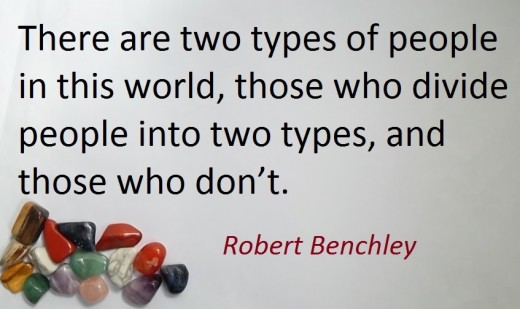
Reasons Why These Crimes Often Go Unreported
Until fairly recently, many of those victimised were too humiliated to contact the police. This proved especially true of those whose gender preference or appearance was viewed as a subject of ridicule. The certainty of their grievances being ignored, dismissed, or even laughed away. This sense of futility also encompassed, to an appalling degree, various ethnic minorities. Community tolerance has provided a context for these types of hostilities.
As one eminent psychiatrist stated:
“If you're going to attack somebody, it might as well be somebody you don't like, and the community disapproves of.”
A Financial Reason For Concealing Abuse
In America, many hate crimes take place in political right-wing small towns, where such abuses are overlooked or concealed by the local authorities. Due to the latitude in defining these crimes, police are free to report their town’s number as zero.
When asked by a journalist to address a flagrantly hate-fuelled offence, a police spokesman stated he had given those boys a good talking to, warning them that any further crimes of this type could result in a jail sentence for one or more of them.
Often these “boys” are the sons or younger brothers of friends police officers grew up with, their adult lives intertwined in various social or community functions. In addition, business owners in a town where a major financial source springs from tourism, fear having their town marked as an area haunted by menace. Hence, according to one shop owner, “a lot of tourists visit our town, and we welcome everybody.”
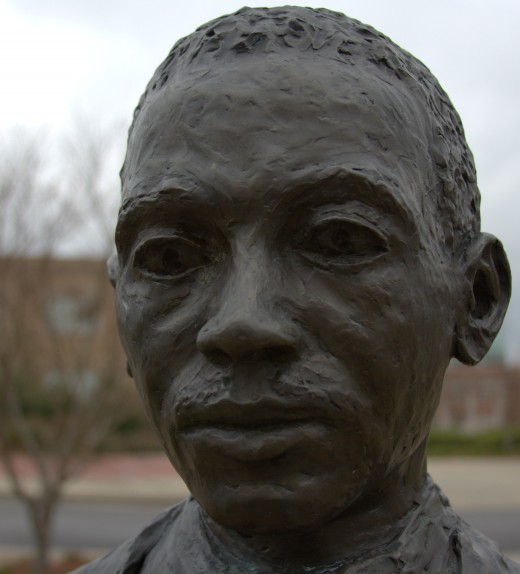
James Meredith: A Student Who Became A Historical Force
In 1962, he became the first African-American student admitted to the University of Mississippi. Until that time, this university had been segregated, i.e. only white students had been admitted, despite the U.S. Supreme Court’s 1954 ruling to desegregate public institutions of learning. Thus, this university, in its efforts to exclude Meredith due to his color, attempted to twist and manipulate the words and implications of this court’s decision.
A Veil of Rhetoric Ripped To Shreds
Like Rosa Parks’ arrest in 1955 for refusing to relinquish her seat on a bus to a white man, Meredith’s determination to pierce through the knot of subterfuge came at the right moment. Then President John F. Kennedy, as the first Catholic candidate for this office, understood the injustice of prejudice. He and his brother, Attorney General Robert F. Kennedy were committed to doing everything feasible to eradicate racism.
The Meredith case allowed them to do so by refusing to let this university hide its true segregationist views beneath layers of pretexts. Hence, a series of court hearings and political debates ensued. Ultimately, Robert Kennedy forced the governor of Mississippi and the university’s administrators to accept James Meredith.
The Enmity Did Not End There
On October 1, 1962, Meredith was allowed to enter this university, fondly called by its alumni “Old Miss”. Aware a strong barrier had been broken, enraged racists poured forth their fear and rage by a series of riots.
Taking place on the university’s campus, these protests resulted in two deaths and dozens of injuries. When these tactics failed to dissuade Meredith, racist students continued to browbeat Meredith in more subtle forms, such as depriving him of sleep by banging on the walls and floor above his dorm room.
Others showed contempt by spitting, and cursing, turning their backs on him, and refusing to eat at the same cafeteria table as he did. Those students who befriended him suffered the same level of torment. In order to secure his safety, an armed Federal Marshall needed to escort him to and from classes each day.
Hate Pursued Him Even Beyond Graduation
Even after graduation from this University in 1963, Meredith continued to symbolise a breakthrough racists resented. This thwarting, combined with Meredith’s work in the civil rights movement, resulted in his being shot in March 1966, by segregationist Aubrey James Norvell. Fortunately, his injuries were minor enough to allow him to return to the march. If anything, this contemptible shot, coupled with Meredith’s courage in again joining the protest, strengthened support for him in the U.S. as a whole.
A somewhat saddening postscript, the canker of racism, to some degree, still pervades in Mississippi. This is shown by the fact that, in 2014, a statue of Meredith, standing on the university’s campus commemorating his achievements was vandalised. Still, in a sense, these bigots were admitting the futility of trying to undermine progress; the gravest harm they can cause is to damage a monument.
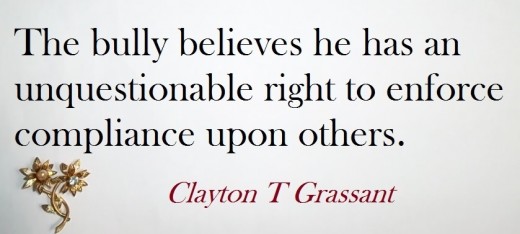
Torment And Bullying Due To Disability
One middle-aged blind man, (I will call him Dean) was harassed, during his college days to the point of feeling the need to transfer to another university. Moving into a dorm, the taunts began almost from the first day. If Dean’s cigarette lighter would not light, a resulting mockery would be, “Is your lighter blind too?”
At first, Dean tried to shrug such insults away as freshman hazing. Although every such comment hurt, he believed that, blending into college life, his bullies would get bored with their taunts, or become less aware and more relaxed regarding his disability. This did not happen.
Examples of Their Pranks
Typewriters were still being used at that time. Aware Dean had a vital term paper to write, his tormentors put his typewriter on stencil. As the sound of the key strokes remained the same, Dean had no way of gauging what they had done. Hence, he submitted a sheaf of blank pages to his professor. (Having worked out what had happened Dean was given a well-deserved extension.)
Then They Thought of A More Inventive Plot
Resetting Dean’s Braille watch in his absence, the two main perpetrators waited until nearly midnight, ensured he was in a deep sleep, then woke him by having the typical conversation of any two college friends with an 8 A.M. class. Taking showers, they called to each other regarding their plans for the day, once this morning class ended. To some degree they succeeded, in that Dean got up and began getting dressed. Then, turning on his radio and hearing “the midnight news” he saw through the intended scheme.
The Penultimate Horror
Why did Dean not report these “pranks” to the college authorities?
Still wishing the harassment might stop if he continued pretending nonchalance, he hoped he could halt it. He wished to do all he could to avoid the stigma of a poor, handicapped boy ratting on his dorm mates for what might be perceived as high-spirited fun.
Then, one afternoon, a dorm mate he felt no need to evade knocked on his door and asked, “Hey, Dean, got a light?” When Dean opened his door, he felt a liquid poured upon him, largely made up of human excrement. At that point, Dean’s resilience collapsed. As he told me, “Colleen, I cried.”
Sensing he might be in physical danger, he felt himself left with no choice but to report this indignity, along with the history of past abuses. As such bullies often do, once confronted, they crumbled. Expelled from the university, the reason for this action was written into their records. Thus, any efforts to obtain later job references would be eternally tainted.
The Consequences To Their Victim
Although his persecutors were gone, those inward scars Dean retained made him feel impelled to leave the school; it held too many foul memories. Moving onto another college, he is now a respected creator of computer software. Still, though he continues to enjoy a long, loving marriage, and has two nearly grown children, he still has the occasional nightmare, and will never wholly understand the cause or root of those completely unwarranted savageries.
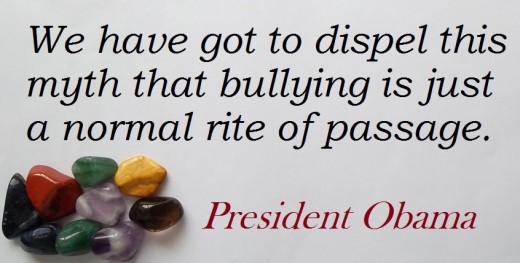
Honour Killings As Hate Crimes
It is difficult to discern whether a murder committed due to long-held religious beliefs can be classified as a hate crime. A sufficient number of honour killings have been carried out upon girls and women by family members in the UK and U.S. as to render the following case of Marie-Therese Souad relevant, despite the fact of its having taken place in Arabia. In truth, its relevance lies in the fact of Ms. Souad’s survival and ability to recount the details of her attempted killing by fire.
A Seemingly Trustworthy Suitor
At age 17, Ms. Souad, while overseeing her family’s farm animals, was approached and courted by a young man she found delightful and charming. At first, while vowing his love and desire to marry her, he made no attempt to transgress beyond religious and cultural boundaries. Still, as their feelings intensified, her suitor began to demand increasing intimacy.
Despite his promises of fidelity, Ms. Souad’s self-proclaimed fiancée found endless pretexts for postponing his request to her father for her hand in marriage. Yet, when she voiced concern, he became hostile. If she did not feel she could trust him, he said, perhaps they ought to stop seeing each other.
Subjugated By Fear of Abandonment
In time, striving to put her faith in his vows, Ms. Souad succumbed to his wish to consummate their relationship. Surely, she hoped, this would spur him to speak to her father. Still, he continued to stall.
For some weeks, Ms. Souad quelled her growing alarm by her belief in his apparent love for her. Then, having become pregnant, she felt compelled to tell him. Surely impending fatherhood would overcome his reluctance to validate their union via paternal consent.
To her horror, the opposite happened. While insisting upon his plan to marry her, he did not appear at the usual time and place of their next several meetings. When his absence continued, her growing pregnancy forced Ms. Souad to confess to her family. Inquiries soon revealed this cad to have been, prior to their first meeting, engaged to another young woman, who he married shortly thereafter.
Ms. Souad’s Disgrace And Ostracism
When she confided the depths of her plight to her family, each member, including her mother, viewed her as so despicable as to deserve obliteration from the familial framework. Their sole means of demonstrating this, they believed, was to kill her in such a way as to convince their community of their own moral standing.
This meant her death must be public, the one remaining question being who was to carry out the actual deed. Once her brother-in-law had agreed, the rest proved straightforward. Creeping up behind her while she was laundering clothes, he poured gasoline upon her, then proceeded to set her body alight by igniting the gasoline with a match.
The Near Success of This Effort
Ms. Souad would have died, had not village women intervened, rescuing her from the rising flames, and bringing her to a hospital. Once there, she confided in an aide, who then contacted European missionaries on her behalf. These missionaries soon realised her families only reasons for visiting her in hospital were to ascertain that she would die as a result of her injuries. Eventually, these gentle people convinced her family that her dying body might as well be transported to England where it would be buried.
Defeating The Death Campaign
These missionaries felt sure that, given up-to-date help, this wounded young woman could survive, albeit with scarring covering major areas of her body. This proved correct. Although recovery took a long while, Ms. Souad, released from hospital, progressed towards a far freer life than she could have ever had in her home country. In time, she met a man, got married, and had children.
Her inward and outward scars will, in all probability, curtail the happiness of her life. Even on the hottest, muggiest days, she feels forced to keep much of her skin well-concealed. In its way, this creates its own type of purdah, her veil consisting of covering fabrics. Still, she is young, strong and alive.
It is to be hoped her story will encourage a higher level of public awareness and action regarding such continuing travesties.
Does Hatred Have Roots In The Home?
As a child, when I overheard classmates mocking others regarding ethnicity, appearance etc., I believed if their parents knew they said those mean things, they would be outraged, making it clear that such words were rude and impermissible. This belief was based upon my own parents’ values.
Once, having learned about “Siamese twins”, now called conjoined twins, my brother and I put our backs together, intertwined our arms from behind, then began walking throughout the house, pretending to be linked together. Our mum, when she realized the source of this game, first separated us, then explained we must never imitate life situations which caused hurt to those forced to suffer because of them. As a child, I felt frustrated and cross; as an adult I am grateful.
Please enter our poll
Do you feel that you or someone close to you has been subjected to any type of hate crime?
Early Imprinting of Prejudice
As newborns, we are completely dependent upon those who enable us to survive by providing for our most primal needs: food and shelter. As these care givers are generally parents, we absorb their sense of the world, even in a subliminal form. I have spoken with gentle, wise and compassionate people, eager to aid anyone with a need, who admits to a visceral distaste for certain groups.
These people, while somewhat ashamed, understand their minds were, when young, as porous as garden plants forced to absorb toxic water. Hence, as a parent or older friend, if you feel the urge to toss off a quick joke, or make a lighthearted remark which mimics or ridicules a member of a minority, it might be advisable to think it through and consider the impact it might have upon a growing child’s understanding.
End
© 2014 Colleen Swan

